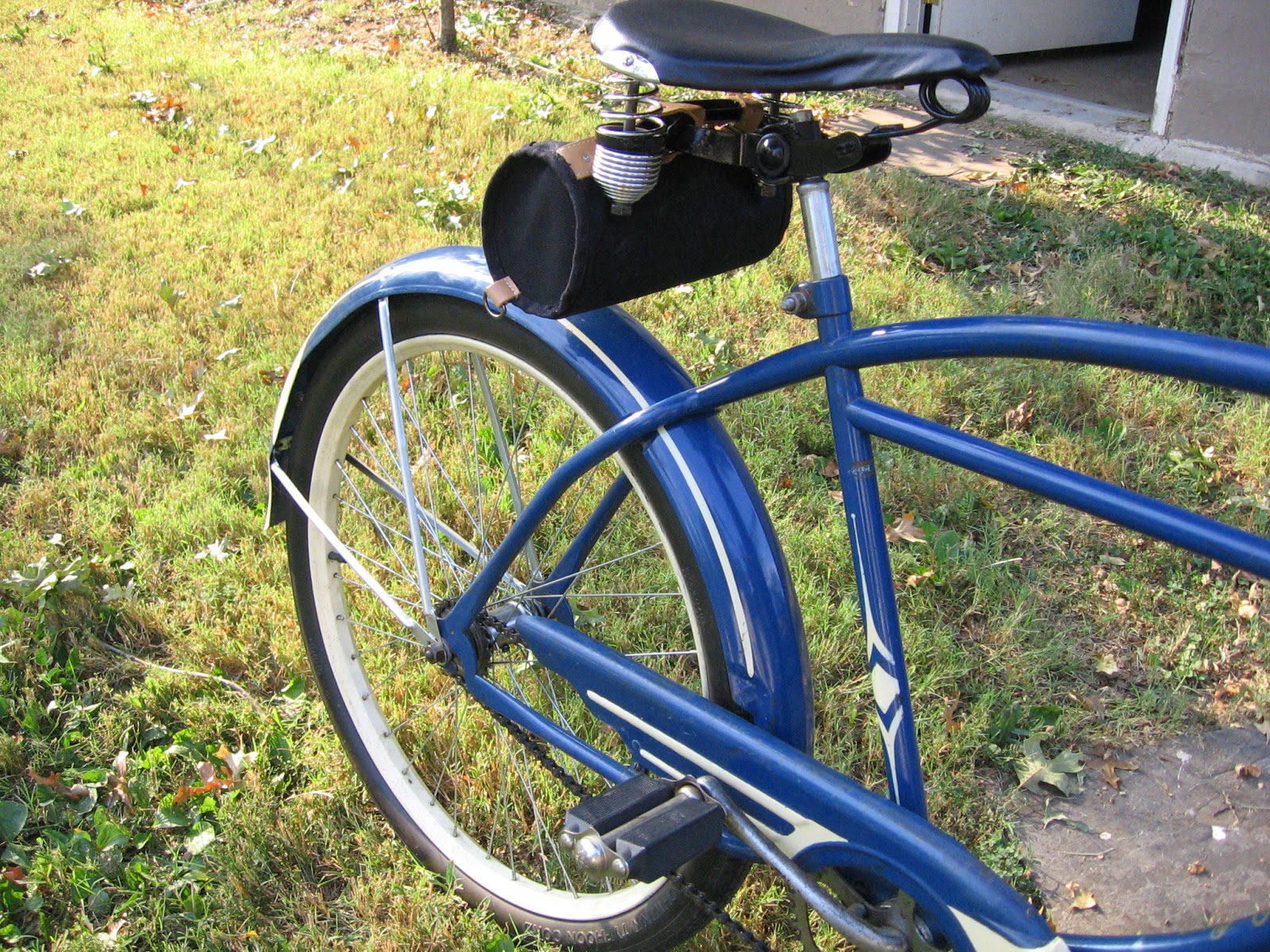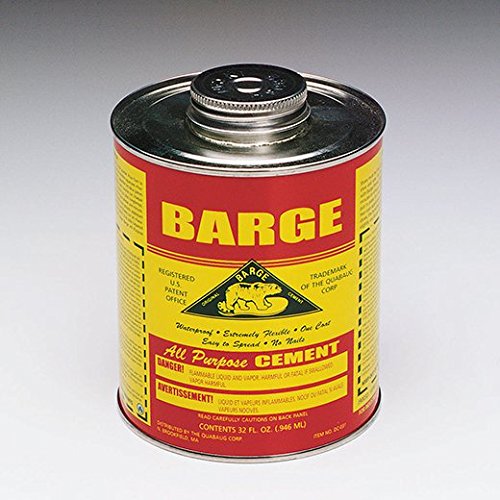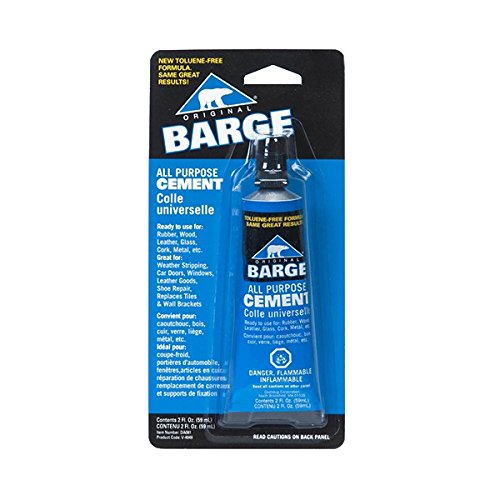This will be my first time recovering a seat and I need help. What kind of foam do I get and where can I get it? What's the difference between open and closed cell foam. I'm confused and I need help
You are using an out of date browser. It may not display this or other websites correctly.
You should upgrade or use an alternative browser.
You should upgrade or use an alternative browser.
newbie recovering a seat
- Thread starter ratcycle
- Start date

Help Support Rat Rod Bikes Bicycle Forum:
This site may earn a commission from merchant affiliate
links, including eBay, Amazon, and others.
I have had success with those 1/2" thick camping mats, not sure if they are open or closed foam, but they work well and have no problems with contact glues...
Luke.
Luke.
Open sell is like a sponge that will absorb water or sink in water. closed sell would float on water and remain dry inside. Foam for upholstered furniture comes in different grades. The higher the grade the denser the material. It will take more weight before it bottoms out. A local upholster might have a piece of scrap for you for a small price. The open or closed difference does not matter because it would be covered anyway.
- Joined
- Sep 17, 2013
- Messages
- 4,201
- Reaction score
- 9,080
I use old camping or yoga mats from the thrift store. These are closed cell foam as are the red hunting or stadium seat cushions. I have used the red stadium cushions before to. The hardest part is getting the vinyl to go on without wrinkles. I like marine grade seat vinyl, which I buy at the local fabric store. I use spray contact cement to hold the foam in place. Sandpaper or a Scotch foam sanding block easily contours the foam. I use a lot of spring clamps to hold the vinyl in place while the marine grade Goop glue dries around the edges when it is stretched. As you work along you will get wrinkles and have to remove some of the parts you glued and start over. Recovered seats seem to wrinkle after they are covered from foam compression. Perhaps you need a denser foam.
user 15387
Inactive Account
- Joined
- Jun 27, 2012
- Messages
- 270
- Reaction score
- 200
I used a neoprene kitchen mat for my ballooner saddle recovering. I cut the pad to shape and glued it to the restore saddle pan, then used car seat leather as the top cover.
This was a 'double pad' style saddle, not a stitched edge single pan.
The pad sheds any water and is really, really resilient because it's made as a floor mat. The only regret I have is that I didn't run the leather a little tighter: I got some sagging on the sides after riding the saddle for about a year.
http://2.bp.blogspot.com/-0ddqSsuOqU8/Uizolc-mTLI/AAAAAAAABR4/XZkqB9CQoC8/s1600/IMG_3031.JPG

This was a 'double pad' style saddle, not a stitched edge single pan.
The pad sheds any water and is really, really resilient because it's made as a floor mat. The only regret I have is that I didn't run the leather a little tighter: I got some sagging on the sides after riding the saddle for about a year.
http://2.bp.blogspot.com/-0ddqSsuOqU8/Uizolc-mTLI/AAAAAAAABR4/XZkqB9CQoC8/s1600/IMG_3031.JPG

I learned from this forum to use carpet pad. It worked well for me on a flatish shaped cruiser saddle with coil spring suspension. I found a piece in Home Depot in the carpet dept left over from an install job. It is firm. I have also seen the same product sold as router table pad . Here is the link ; http://www.ratrodbikes.com/forum/index.php?threads/reupholstering-banana-seats.33039/

My question is related - I'm recovering a seat very much like this one (no name I can find) believe it came from a post war JC Higgins. No cover left but "padding" is there. - about 1/4" thick white fleece material. Exposed "outside" pan and springs seem rust free, but "inside" pan is crusty with a ragged edge and those chrome wear bar things are there but no metal underneath to fasten them too anymore. There is some black double sided tape holding the fleecy stuff to the "inner" pan. Should I leave it attached and preserve the crusty edges f the inner pan and recover or pull of the fleece and paint the pan complete and replace the fleece with foam? Seat has been stored for years and is clean and dry.
user 15387
Inactive Account
- Joined
- Jun 27, 2012
- Messages
- 270
- Reaction score
- 200

My question is related - I'm recovering a seat very much like this one (no name I can find) believe it came from a post war JC Higgins. No cover left but "padding" is there. - about 1/4" thick white fleece material. Exposed "outside" pan and springs seem rust free, but "inside" pan is crusty with a ragged edge and those chrome wear bar things are there but no metal underneath to fasten them too anymore. There is some black double sided tape holding the fleecy stuff to the "inner" pan. Should I leave it attached and preserve the crusty edges f the inner pan and recover or pull of the fleece and paint the pan complete and replace the fleece with foam? Seat has been stored for years and is clean and dry.
If the under/inside pan is rusty, I'd pull it apart, de-rust, and re-paint as needed. The under pan on mine was in a bit worse shape. I de-rusted with oxalic acid and a wire brush, then rinsed, dried, and primed/painted everything that needed paint. I used black automotive paint. I cleaned and de-rusted the chromed parts but did not paint them or re-plate them.
What I wish I could change: I would have gone with a little thicker padding. One layer of neoprene matting is durable and reasonably comfortable, but I would go with a thicker pad if I had it to do over again. I also would have deepened and maybe increased the number of cuts in the leather around the edge to prevent sagging/bunching. At the time I did it, it looked very smooth. The sagging around the edges only came out after several months of semi-regular riding.
I think it's more important to preserve the metal core than to leave the original padding in place. Mine had both fleece material and a rubber pad. Both were shot and I really did not want any rust left on this saddle, so went the whole way.
I've got a yoga mat and I'm trying to use the highest strength glue I can get from Home Depot and the mat doesn't wanna stick at all to the seat. Why? Do I use a contact cement for it or what.I have had success with those 1/2" thick camping mats, not sure if they are open or closed foam, but they work well and have no problems with contact glues...
Luke.
I use contact cement.I've got a yoga mat and I'm trying to use the highest strength glue I can get from Home Depot and the mat doesn't wanna stick at all to the seat. Why? Do I use a contact cement for it or what.
Just use as per the instructions with the thin layer on both side, let it tack off and then stick them together.
Luke.
- Joined
- Jul 30, 2013
- Messages
- 1,921
- Reaction score
- 2,667
Professional costumers and theatrical prop-makers swear by this stuff. Apparently, it's an open secret throughout their industry. It is supposed to be much better than the common Weldwood stuff you'd get at the hardware store--that formula is intended for rigid countertops, not flexing fabrics.




- Joined
- Jul 30, 2013
- Messages
- 1,921
- Reaction score
- 2,667
So I should use a squeeze tube instead of an aerosol? Why
Because they don't make it in an aerosol. Plus, it's probably dangerous to breathe.
http://www.bargeadhesive.com/products.html
From the MSDS:
Inhalation - Adverse symptoms may include the following: nausea or vomiting, headache, drowsiness/fatigue dizziness/vertigo, unconsciousness, reduced fetal weight, increase in fetal deaths, skeletal malformations
Last edited:



